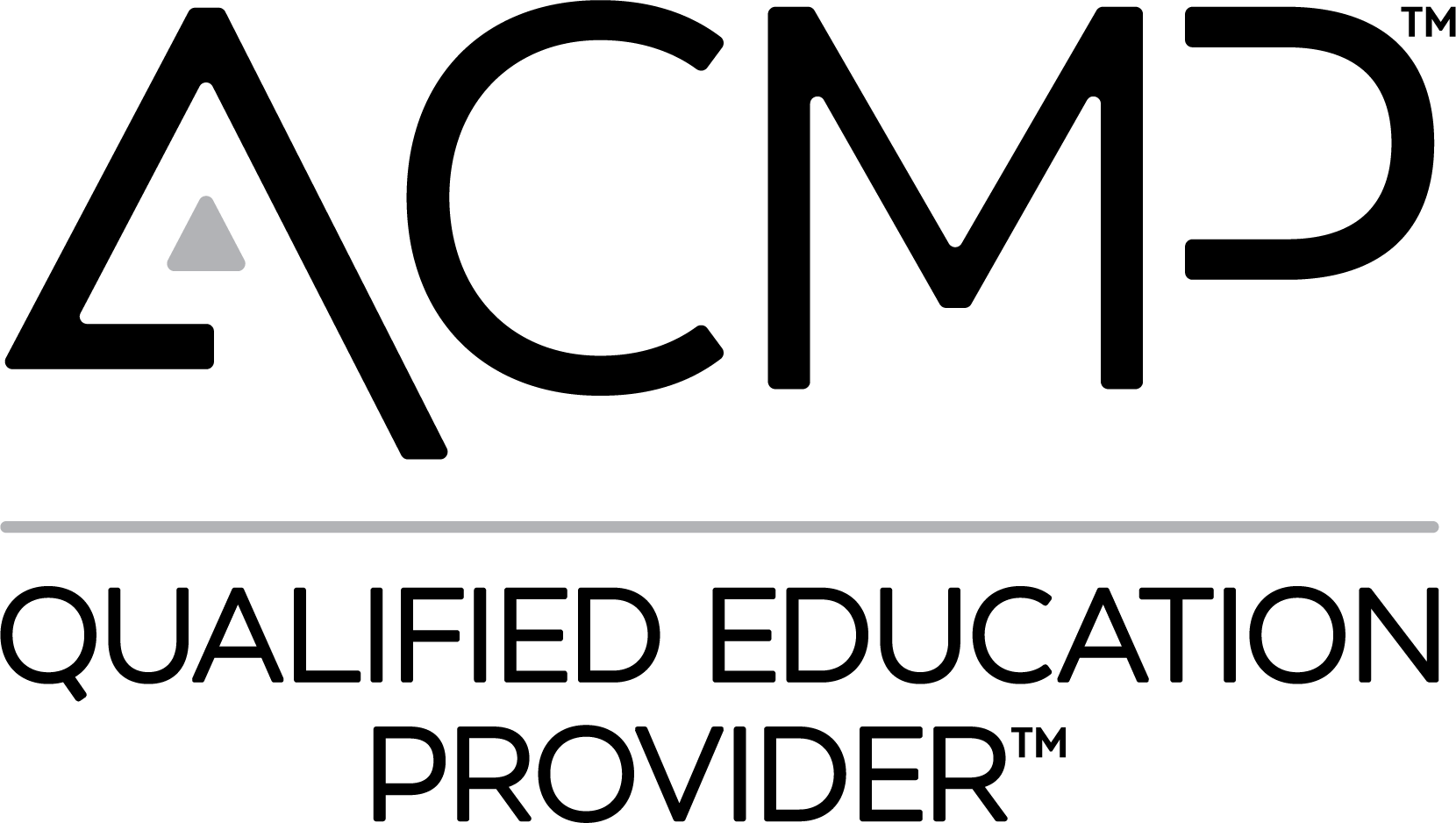What if it were true that to lead more effectively through change, all you need is a simple change of belief? What if by changing ONE word in your belief about obstacles, you could harness growth for your entire team?
Which sounds more like you:
Can we work through this?
Or
How can we work through this?
Both are belief systems. The former question shows a precautionary, unsure, and timid belief, doubting your team’s ability. The latter demonstrates a growth mindset which seizes opportunity and assumes collaborative progress that utilizes the strengths and weaknesses of the team to learn and grow. As told by Cassandra Worthy, Founder and CEO of Change Enthusiasm Global™ One of the bedrocks of Change Enthusiasm™ (cassandraworthy.com) is the notion of change as happening for you rather than to you.
You work on a change and a massive roadblock disrupts team progress. You have two options: (1) resist the urge of change, suppress negative emotions of the team, bootstrap up and work tirelessly to remove the roadblock, utilizing non-refundable resources of time and energy. “Can we work through this?; OR (2) work to understand the barrier as well as the ”negative” resulting emotions, see the roadblock as an unlikely partner in growth. “How can we work through this?”
According to Deloitte, people are inspired to change when leadership meets their psychological needs for autonomy, growth and meaning. The article references Daniel Kahneman’s two system approach to the perspectives of change and challenges. System 1 operates automatically and quickly, with little or no effort and no sense of voluntary control. The first response in approaching negative emotions of change may sound like, “Can we?” System 2 allocates attention to the effortful mental activities that demand it, including complex thought. The operations of System 2 are often associated with the subjective experience of agency, choice, and concentration.
With diligence and effort through System 2, the response changes to “How can we…?” Change is uncomfortable and painful by nature. Therefore, resistance to change is natural and even expected. Encouraging your team and organization to move through System 1 of perceiving threats to System 2 of rationally identifying problems and working through solutions is the goal, according to Kahneman.
The defining difference between your team's ability to navigate challenges or fracturing under the weight of resistance is your ability to recognize and mitigate factors that inhibit productivity. It’s easier to think of negative emotions towards change or resistance as slowing progress when in fact, working directly through resistances can increase speed and productivity in the long run.
Looking at a linear model (below), a common practice of viewing negative emotions and barriers positions you in the middle between success and failure. When you move toward perceived failure, or get smacked head-on, the first instinct is to pivot and reassess; attempt to return to where you started and try a different direction, even in the opposite direction of the threat.
Success? ← ME → Failure
(False model of failure and unexpected outcomes as dead ends - cyclical)
In a Change Enthusiasm model, the processes separating you from success are in fact the perceived threats, negative emotions and failures. When you learn from work and grow through each challenge, you become better prepared for larger resistance and more adaptable to future change. You will improve your capacity to use each perceived barrier as an opportunity to become more adaptable.
ME → Failure → Success → Me → Failure → Success
(CE model of failure as growth opportunities)
As Kahnenam notes, the diverse operations of System 2 require attention and intention. The choice to expand your perspective and allow System 2 to influence the triggers of System 1 is an intentional practice. Not only can you expand your perspective, but alter your initial reactions to negative emotions in response to change.
Research from the Harvard Business Review suggests attitude and mindsets at work are actually contagious. Whether you are a leader, newcomer, or long-standing member of a team, the work of Change Enthusiasm begins with YOU. You are a leader no matter your title. In the collaborative and often virtual work environment, each stakeholder has the capacity for both positive and negative influence. Both will spread. In business you often switch between being the architect and a collaborator of your projects. Your adaptability depends on your willingness to recognize when each role is appropriate and needed. You cannot be both at once, nor can you be exclusively one all of the time. Your strength as a leader recognizes not all is within your control. You are required to be both the architect builder and the collaborative team member.
“Belief manifests in business through culture, brand equity building, company purpose and values. Change Enthusiasm™ is a belief system that, when practiced, strengthens individual and team resilience; it empowers growth and fulfillment through change.”
Beliefs are what you continually think; beliefs drive emotions. Emotions drive behavior. Therefore, influencing (your) belief is the key to influencing lasting change. Okay, but how?
The only belief system you truly control is your own. So, start there. Begin with your relationship with the negative emotions that arise in you when changes occur and evaluate their potential to expose signals for growth. Encourage your team to identify and quantify team vulnerabilities and barriers, then you can work to reframe them as opportunities for growth, rather than an excuse to avoid a dead-end.
How can we do this? It’s your System 1 and your System 2. Change begins with you!
MORE
INSIGHTS
What To Do When You Get Laid Off: A Change Enthusiasm Guide
Getting laid off can feel devastating, but it doesn’t define your worth. Learn how to process the emotional impact, regain clarity, and move forward with five powerful self-guiding questions rooted in the Change Enthusiasm® mindset.
How to Navigate Constantly Changing Priorities at Work
Set Intentions, Not Destinations By Change Enthusiasm Global In today’s workplace, one thing is certain: priorities will shift-often without warning. Whether you work in healthcare, tech, retail, finance, or manufacturing, the expectation to rapidly pivot has become part of the modern professional experience. But here’s the truth that most organizations overlook: Frequent priority changes aren’t … Read more
How Leaders Influence Change: From Executive Sponsor to Executive Example
Leadership doesn’t just direct change—it signals it. Learn how to move beyond executive sponsorship into executive example, and use three influence tools (verbal, non-verbal, and actions) to enroll your entire organization in transformation.











